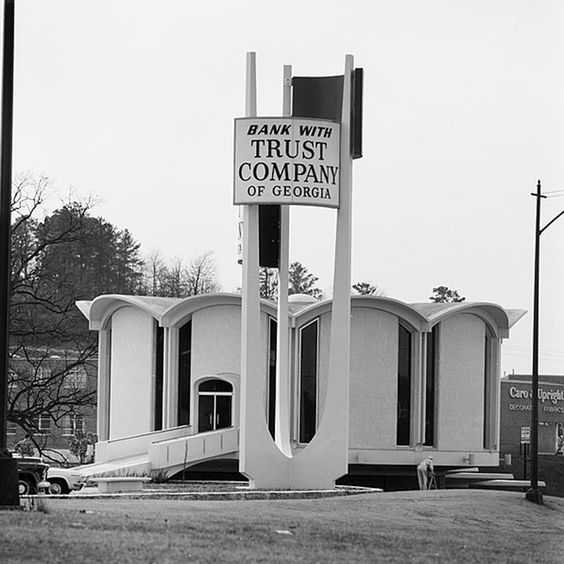
Henri Jova, one of the most influential architects in Georgia, left a significant impression on the state’s architectural landscape. His designs, which combined modernist principles with a respect for historical aesthetics, was key in all of his projects. His work left a lasting impact on some of the city’s most iconic structures that were as functional as they were visually compelling.
From the preservation of historic areas to ground breaking contemporary structures, his contributions to Georgia continue to influence the state’s architectural style and urban growth.
Early Life and Beginnings in Architecture
Henri Jova was born in 1919 and received his education at Cornell University. There his style was heavily influenced by the modernist movement that gave him greater freedom to create new forms. After moving to Atlanta, he quickly established himself as a creative force, bringing a fresh perspective that challenged and enriched the architectural landscape in Georgia. He founded Jova/Daniels/Busby, an architectural firm that would become renowned for innovative designs, from 1966- 2014.
He bought a home in the heart of Midtown in 1960, in the middle of the urban flight. Although the city was in deep decline, Jova saw its potential and persuaded his friends to move there too. He helped organize the Midtown Neighborhood Association in 1963. Jova came up with creative ways to encourage the neighbors to improve their properties. He sponsored a home improvement contest to engage more people. A good friend gave him the nickname of “Honorary Mayor of Midtown”. Jova’s leadership saved the neighborhood and made Midtown what it is today.
Signature Projects and Lasting Influence
The Round Bank
In the early 1960’s the Trust Co. of Georgia wanted a new bank branch that would express modern architecture. Jova and two other architects were hired to design the building. Jova took a risk and designed a round bank to be highly visible to customers. The building became an immediate hit and was issued an award of merit for the design. In 2000 the building was sold and has changed owners several times. It was listed on the National Register of historic places in 2018. Today the Cirque Daiquiri Bar & Grill occupies the building.
The Colony Square
One of Jova’s most iconic projects, Colony Square in Midtown Atlanta, was the first mixed-use development in the Southeast. Completed in the early 1970s, it combined office spaces, retail shops, hotels, and residential areas in a single complex, a radical concept for its time. This development was an early indicator of Jova’s visionary approach to urban design, which continues to influence mixed-use planning throughout Georgia today.
Preservation of the Old Fourth Ward
Jova was instrumental in advocating for the preservation and revitalization of historic neighborhoods, particularly Atlanta’s Old Fourth Ward. His commitment to restoring historic sites instead of replacing them showcased his understanding of architecture as a balance between innovation and preservation. Jova’s work in preserving these historic neighborhoods sparked renewed interest in Atlanta’s architectural heritage, contributing to the city’s unique blend of old and new.
The Carter Center
Jova was also a key figure in designing the Carter Presidential Center, which combines historical reverence with modern aesthetics. They built the Center as a tribute to former President Jimmy Carter, crafting it as a serene campus with open spaces and natural light to serve as both a functional space and a place of reflection. This project showcased Jova’s sensitivity to the site’s purpose and added a significant architectural landmark to Georgia.
Private Homes and Neighborhood Impact
Beyond large projects, he also designed several distinctive private residences throughout Atlanta. In Sandy Springs he designed an impressive 5 story Italian Villa. This custom 18,537-square-foot mansion boasts seven spacious bedrooms and an impressive 11 bathrooms.
Jova’s Legacy in Georgia Architecture
Henri Jova’s influence in Georgia is evident in the way contemporary architects approach both urban development and preservation. His work remains a model for combining modern design with community-focused architecture. His legacy lives on through the continued popularity of Colony Square’s mixed-use model, the rejuvenation of the Old Fourth Ward, and the timeless elegance of his residential designs.
Today, architects, city planners, and Georgia residents celebrate Jova’s impact, recognizing the lasting beauty and functionality of his work. In every corner of Georgia where Jova’s vision took root, one can see his commitment to excellence, innovation, and respect for tradition—qualities that continue to inspire the architectural future of the state.

